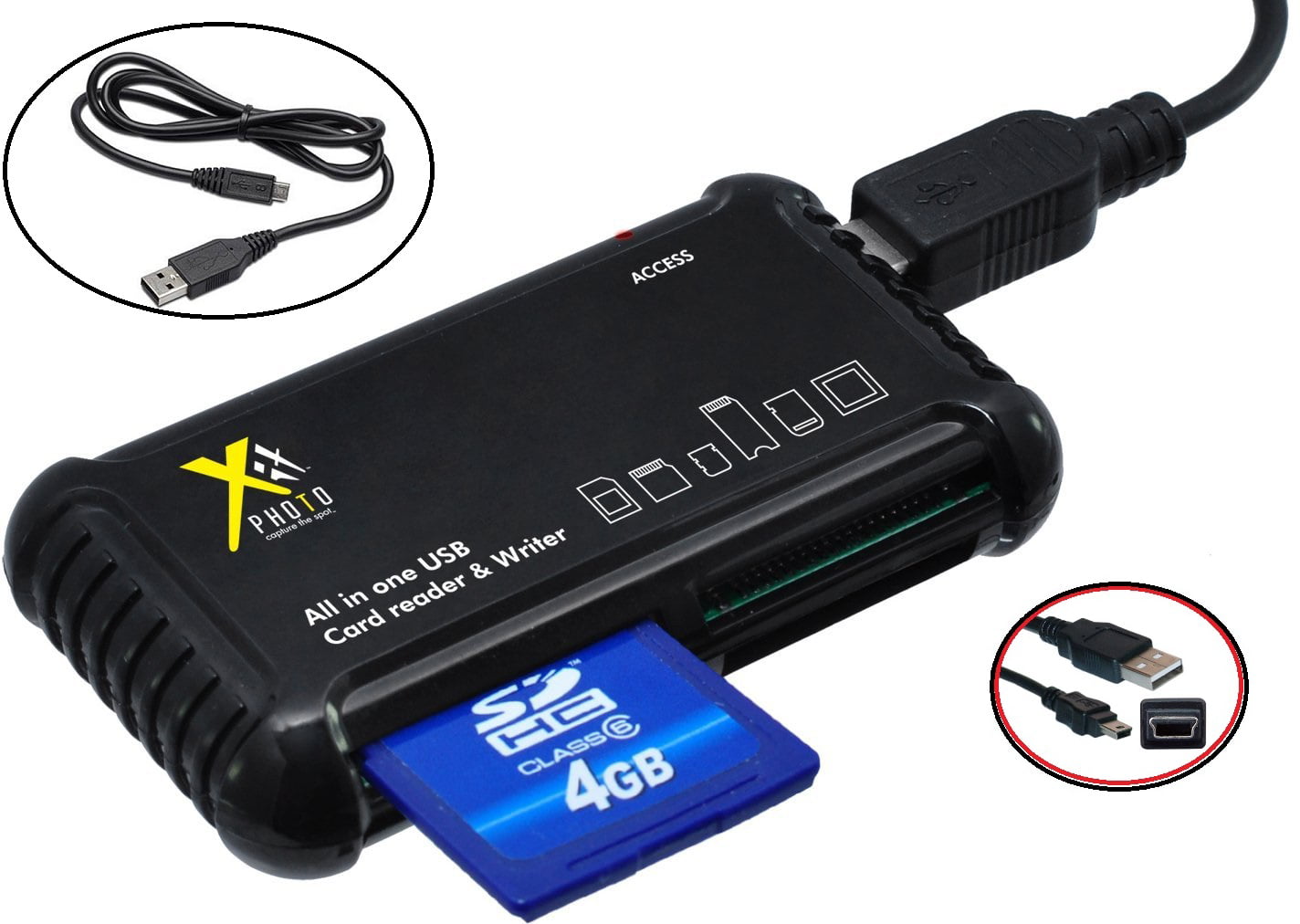

- Data card reader and writer raspberry pi how to#
- Data card reader and writer raspberry pi serial#
- Data card reader and writer raspberry pi pro#
- Data card reader and writer raspberry pi code#
Data card reader and writer raspberry pi how to#
The purpose of this tutorial is show how to integrate an RFID reader and an actuator with a Raspberry Pi.
Data card reader and writer raspberry pi serial#
Serial.begin(9600) // Initialize serial communications with the PC MFRC522 mfrc522(SS_PIN, RST_PIN) // Create MFRC522 instance #define SS_PIN 10 // Configurable, see typical pin layout above #define RST_PIN 9 // Configurable, see typical pin layout above * The reader can be found on eBay for around 5 dollars. * PICC (Proximity Integrated Circuit Card): A card or tag using the ISO 14443A interface, eg Mifare or NTAG203. * PCD (Proximity Coupling Device): NXP MFRC522 Contactless Reader IC * SPI MISO MISO 12 / ICSP-1 50 D12 ICSP-1 14 * SPI MOSI MOSI 11 / ICSP-4 51 D11 ICSP-4 16
Data card reader and writer raspberry pi pro#
* Reader/PCD Uno/101 Mega Nano v3 Leonardo/Micro Pro Micro * MFRC522 Arduino Arduino Arduino Arduino Arduino * Uses MFRC522 – Library to use ARDUINO RFID MODULE KIT 13.56 MHZ WITH TAGS SPI W AND R BY COOQROBOT. * Write personal data of a MIFARE RFID card using a RFID-RC522 reader
Data card reader and writer raspberry pi code#
Select it in your example book, or copy the code below: If you installed the library as instructed above, the following sketch should be available in your example book under File > Examples > MFRC522 > rfid_write_personal_data. Having said that, whatever tag you have should work. Two of the most common types of RFID chips – often coming in kits or with sensors – are small round keychains or flat cards about the size of a credit card. Since RFID chips are very small, the tag you use can come in almost any form. For this basic project, though, here’s what you’ll need: Perhaps you can trigger a lock to unlock when you show the reader a tag with the correct data on it, for example.

However, keep in mind as we go through the guide how you can use this to extend your other projects. What You’ll Needįor this project, we’re only going to be writing to an RFID tag. Not only will this make it possible to include the RFID library in your sketches, but you’ll also get a collection of example sketches, which we’ll need later on. ZIP Library… and choose the library you just downloaded. Next, open up your Arduino IDE, navigate to Sketch > Include Library > Add. The pre-written functions that these sketches provide will let you more easily integrate them into your other projects. Since using RFID tags are a bit more complex than, say, turning an LED on or off, we’ll rely on pre-existing sketches that you can integrate into your own projects. To do this, we’ll be making use of this library for reading and writing to RFID tags. Specifically, we’ll write some basic information to an RFID tag. In this case, we’re going to use an Arduino as the device by adding an RFID sensor. RFID reader/writer sensors use short-range, low-power radio waves to transmit data from tags, where the data is stored, into the electronic device the sensor is connected to. This guide will show you how to use one to write to your own RFID tag. If you want to learn how they work or add them to your own project, an RFID reader and writer is a cheap component that you can use. They can take the form of keychains and cards, or they can even be implanted into pets or people. RFID tags are small, rewritable chips that can store small amounts of data like names, addresses, product information, and more.


 0 kommentar(er)
0 kommentar(er)
